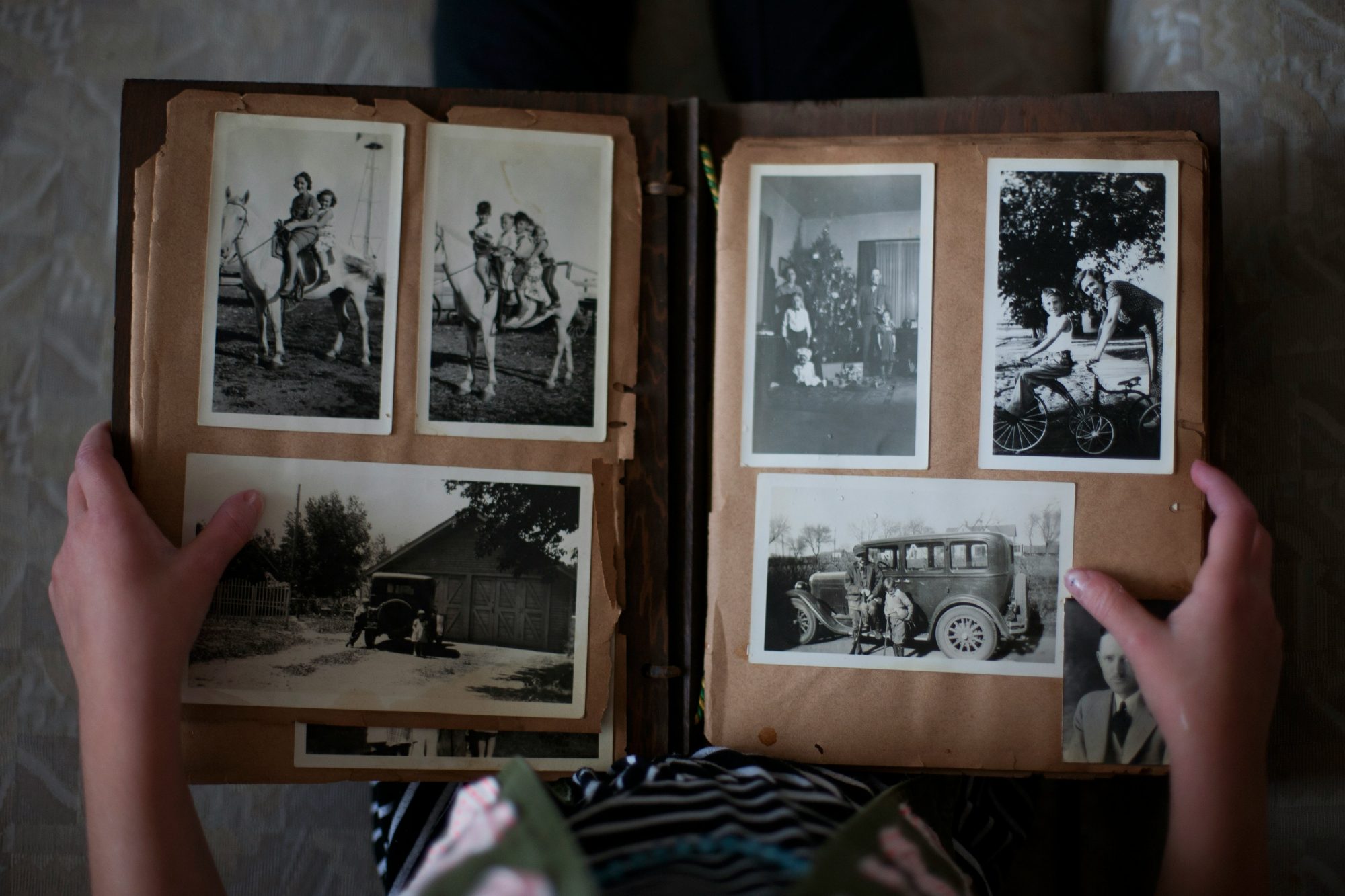
Blog
Partisan Movies Posters

What Are Partisan Movies?
Partisan movies are a distinct genre that originated in the former Socialist Federal Republic of Yugoslavia. These films typically feature partisans as their protagonists, who were the main communist-led resistance force against the Axis powers during WWII in occupied Yugoslavia. As such, partisan movies can be considered a sub-genre of war movies.
The evolution of the genre
Initially, these movies were intended solely as propaganda for the communist government of Yugoslavia. However, as censorship weakened and exposure to Hollywood and other world cinemas increased, the genre began to incorporate more commercial elements. The focus shifted away from raw ideological propaganda and towards action and humor, resulting in the development of a unique iconography that is reminiscent of American Westerns and Japanese Jidaigeki. Partisan movie posters became popular, and an increasing number of international stars came to Yugoslavia to make films.

One of the movie posters was printed during the filming of Sutjeska, starring Richard Burton. Sutjeska was another blockbuster among the partisan movies.
Partisan films often represented “state projects”, carrying out large sums of money. They often involved a large number of the Yugoslav People’s Army members participating in filming. Josip Broz Tito, former leader of the Partisans and leader of Yugoslavia, was a great admirer of movies and particularly enjoyed American Westerns. He even had a man responsible for playing movies in his mansion. He was so dedicated to making successful partisan films that he spared no expense, viewing them as a means of matching the quality of Hollywood movies.
The shooting of the Battle of Neretva
Making of the movie Battle of Neretva in 1969 is the greatest achievement of this cinematography. Some of the biggest Hollywood stars were in the cast, such as Yule Brynner, Orson Welles, and Franco Nero. Pablo Picasso designed the original poster. Curiously, this was the only time when Picasso designed a movie poster. The authorities never announced the movie budget. Some are saying that Tito even ordered spending federal reserves to finish the shooting.
Oversea popularity
Over time, Partisan films found their way to the foreign audience They achieved the greatest success in the Third World countries. For example, the movie Valter Defends Sarajevo was the most-watched film of his time during his presentation in China. From that period, the unobtrusive name of gibanica Western was also emerging. However, the public never accepted this name.

Chinese movie poster for the film Valter Brani Sarajevo, starring Bata Zivojinovic, one of the most influential actors in former Yugoslavia. Valter Brani Sarajevo is still one of the most popular movies in China.
Decline
By the 1970s, partisan movies succumbed to pure commercialization. They played a huge part in popular culture in Yugoslavia, with the TV series Otpisani as a leader. However, a part of some filmmakers used the genre to critically talk about the Yugoslav regime. Some of them questioned the official truths. Director Zivojin Pavlovic went furthest in this, with his film Zaseda in 1969. The movie shows the victorious partisans as bad guys. Therefore, authorities have banned this movie. Same destiny had a movie U gori raste zelen bor from 1971.
Partisan films gradually stopped recording in the 1980s, to completely disappear with the breakup of Yugoslavia. After a bloody breakup, partisan movies became unofficially banned. However, over time they once again gained popularity as a form of cultural yugonostalgia.
If you want to know more on this subject, I highly recommend you to watch the documentary movie about Partisan movies, called Cinema Komunisto.
If you are interested in collecting partisan movie posters, feel free to browse through our collection.
Thanks for reading. See you soon!











